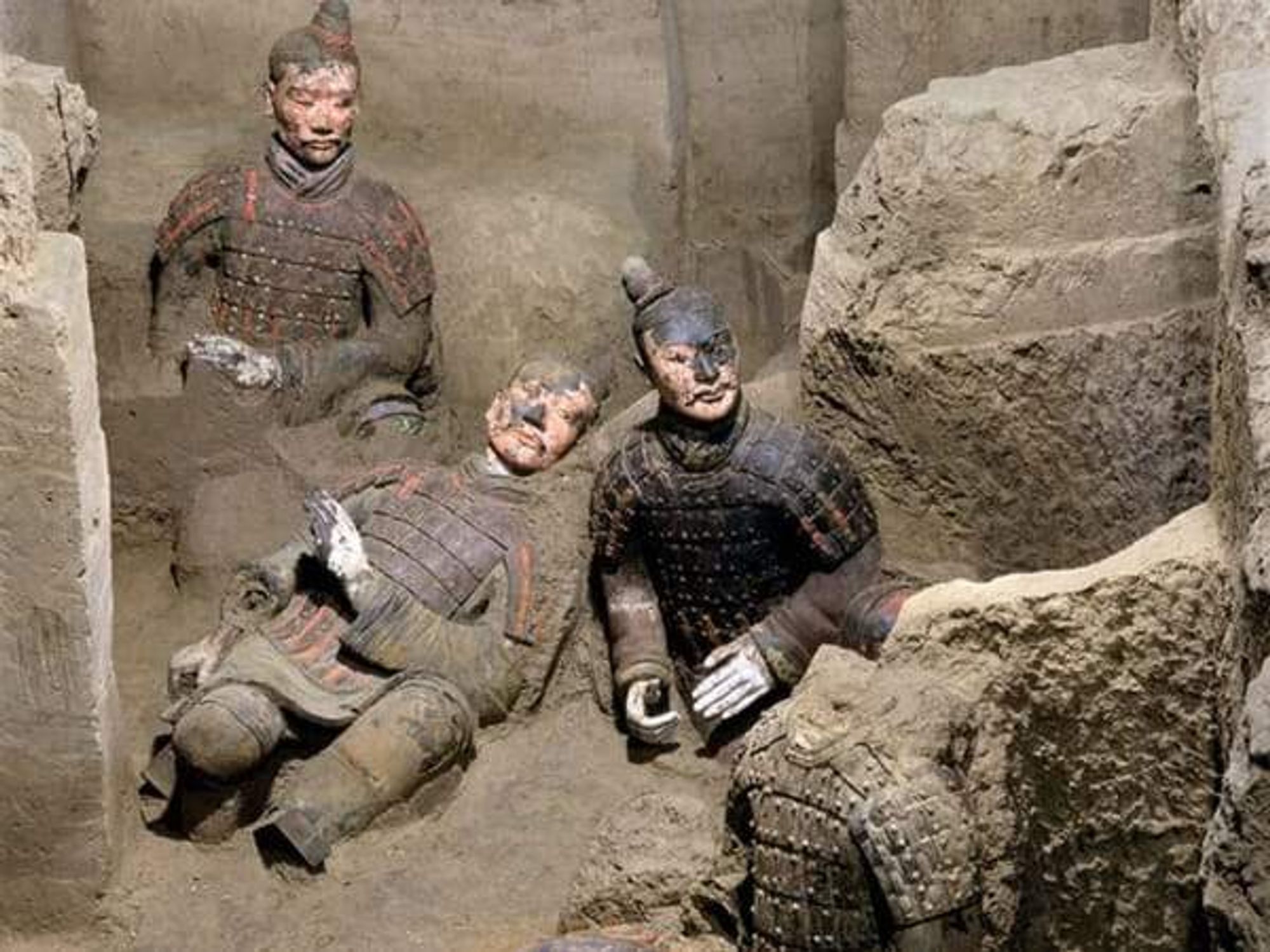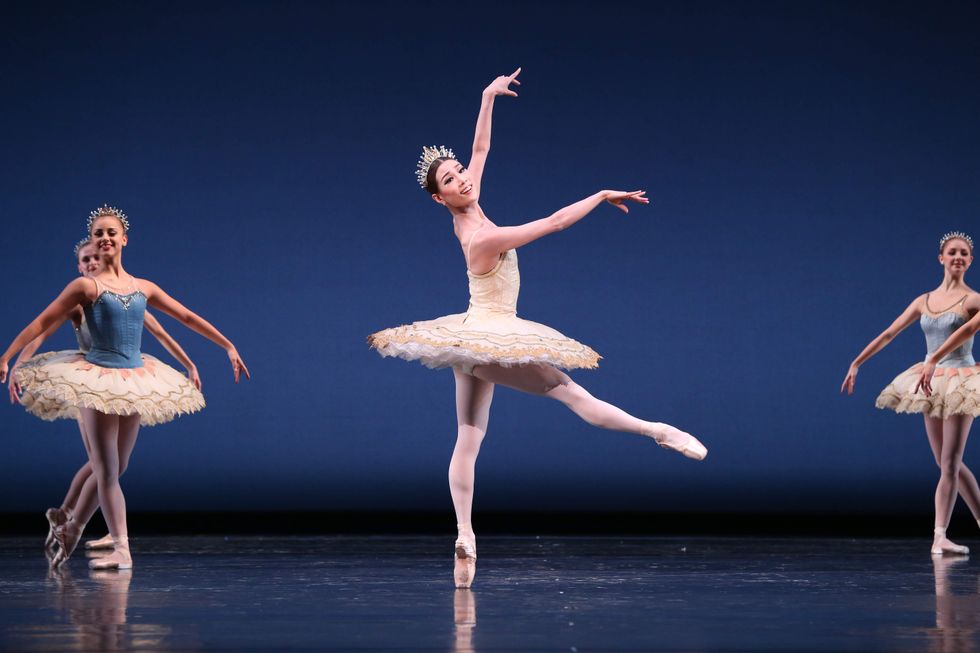Get Arsty
A new Romeo and Juliet: World premiere presents plenty of star-crossed challenges for Houston Ballet

What’s in a name?
Many ballets go by the name Romeo and Juliet. Some are even called Juliet and Romeo, if you’re Mats Ek, Radio and Juliet if you’re Edward Clug. So when the Houston Ballet raises the curtain Thursday night on its world premiere of Stanton Welch’s Romeo and Juliet, it joins a cast of thousands.
The story of star-crossed lovers was by no means William Shakespeare’s invention. Few of his plots were original. But somehow Shakespeare made the formerly obscure tale of Romeo and Juliet the story no one wanted to stop telling. Choreographers certainly have not resisted the temptation to bring to life a tale of tragic love between the children of two warring families.
When we consider how often choreographers have returned to this particular well, it’s ironic, then, that when Juliet first sees Romeo at the Capulet ball she identifies him as one who “would not dance.”
Who hasn’t made a Romeo and Juliet? Certainly there are some.
But to name just a few of the modern luminaries: Frederick Ashton, Antony Tudor, John Cranko, and Kenneth Macmillan. Hamburg Ballet will perform, this summer, the Romeo and Juliet of John Neumeier, whose A Midsummer Night’s Dream dazzled Houstonians earlier this season at Houston Ballet. More recently Angelin Preljocaj, Michael Pink, Alexei Ratmasky, Mauro Bigonzetti, Mats Ek, and Edward Clug have joined the club.
Even the inimitable George Balanchine reluctantly choreographed a scene from Romeo and Juliet as part of the ill-starred 1938 film The Goldwyn Follies, featuring jazz-dancing Montagues and balletic Capulets.
What’s a dancer to do with the corpse of a lover? This is the challenge of the final scene.
The balletic Romeo and Juliet begins near the turn of the 18th century but the real triumph of Romeo and Juliet as a modern masterpiece came in the wake of the collaboration between composer Sergei Prokofiev and choreographer Leonid Lavrosky based on the scenario by playwright Adrian Piotrovsky and Sergey Radlov for the Leningrad State Academic Theater of Opera and Ballet.
The music, and consequently the choreography, is organized by a series of scenes. Most work with Prokofiev’s now-definitive score, including Stanton Welch.
Given the profusion of star-crossed lovers parading about the balletic stage, what makes a new Romeo and Juliet stand out?
Some choreographers resituate the ballet but retain Prokofiev’s score. Thus Preljocaj sets his Romeo and Juliet in the midst of a grim police state with the lovers acting out their doomed love across classes and in the shadow of a massive dividing wall. Bigonzetti imagines a future with pairs of lovers trapped in an industrial wasteland haunted by velocity and violence but no single couple stands out.
We’re all Romeo and Juliet in this choreographer’s mind.
Others, like Edward Clug, work iconoclastically. In his thrilling Radio and Juliet seven Romeos join one Juliet and the music of Radiohead to render this tale of love a tragedy of soulful alienation complete with a film of Juliet, surviving her lover’s death and living on in a barren apartment.
To stay closer to a traditional staging of Romeo and Juliet with Prokofiev’s potent score is to face the test of a series of iconic moments. Here are a few scenes I will be keeping an eye out for at Houston Ballet’s this world premiere, with some examples from Kenneth Macmillan’s Romeo and Juliet, which remains one of the most performed versions.
The Young Juliet: We meet the vibrant, sweet Juliet at the moment her parents are already attempting to marry her off. Juliet is often sprightly, teases her nurse, and prefers games and play to any talk of love and marriage.
But Juliet’s youth is easy to overdo. It takes a delicate touch, which is just what Margot Fonteyn managed in Macmillan’s Romeo and Juliet:
The Balcony Scene. Of course Margot Fonteyn had the incomparable Rudolph Nureyev as her partner, so when it comes to the iconic balcony scene, when Romeo and Juliet fulfill the promise of their “love at first sight” encounter at the ball.
There’s a teasing quality about this meeting. The lovers are sure and unsure at the same time, bashful and showy all at once. Balance is everything on the balcony.
The Tomb. Nothing last forever, especially young love in a tragedy. We all know that Romeo and Juliet is, like most tragic love, a tragedy of timing. The lovers fall in love when their families are at war. The messenger misses Romeo and fails to tell him of the Friar’s plot and Juliet’s faked death. Romeo then arrives at the tomb too early and kills himself before Juliet awakes.
What’s a dancer to do with the corpse of a lover? This is the challenge of the final scene.
What’s in a name? If we’re talking about Romeo and Juliet, then it is a passion that burns and is extinguished in a way that quells civil strife and makes us all feel we live bigger lives than we do, at least for a moment. A rose by any other name might be as sweet as Romeo and Juliet, but it wouldn’t be quite the same.





